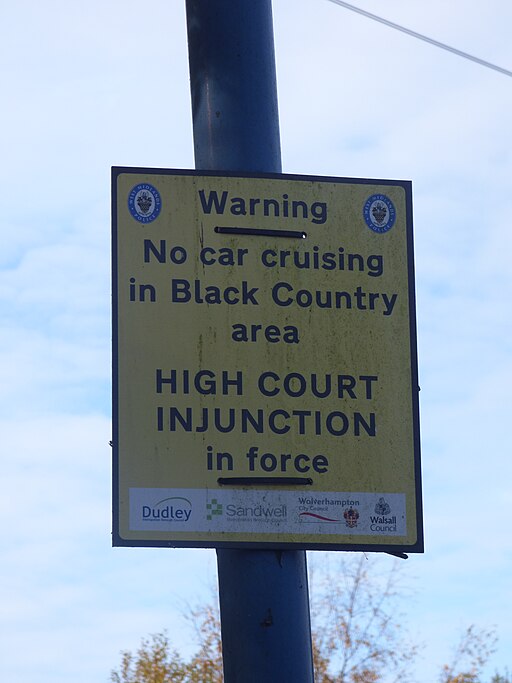An injunction is a court order in various legal matters, while a restraining order primarily deals with personal safety, prohibiting contact or approach.
TL;DR Injunction Vs. restraining orders
An injunction is a court order that prohibits someone from taking specific actions or requires them to perform certain actions. It is typically sought to prevent harm or preserve rights in cases such as intellectual property disputes, contract breaches, or environmental concerns. Injunctions are often used in civil litigation and can be temporary (preliminary) or permanent.
A restraining order is also a court-issued directive but focuses primarily on protecting individuals from potential harm or harassment. Restraining orders are commonly obtained by victims of domestic violence, stalking, sexual assault, or those facing threats from an individual who poses a danger to their safety and well-being.
What is an injunction?
An injunction is a legal remedy that aims to prevent someone from doing a certain action or to compel them to do something specific. It is typically issued by a court and can be temporary or permanent, depending on the circumstances of the case.
One common type of injunction is known as a “temporary restraining order” (TRO). This is often granted in emergency situations where immediate action is required to protect someone’s rights or property. TROs are typically short-term and can be obtained without giving notice to the other party involved.
On the other hand, a “preliminary injunction” is another type of temporary relief that may be granted during ongoing litigation. It provides more long-lasting protection while the case progresses through the court system.
In contrast, a “permanent injunction” is issued after a final decision has been made in the case. It prohibits certain actions indefinitely and carries legal consequences for non-compliance.
An injunction serves as an important tool in enforcing individuals’ rights and maintaining order in various legal matters. Whether it involves protecting intellectual property, preventing harassment, or preserving assets during divorce proceedings – obtaining an injunction can provide crucial protection when needed most.
What is a restraining order?
A restraining order, also known as a protective order or an order of protection, is a legal document issued by a court that prohibits one person from contacting or coming near another person. It is typically used in cases where there has been harassment, stalking, domestic violence, or the threat of physical harm.
The purpose of a restraining order is to provide protection and ensure the safety of the individual seeking it. It establishes clear boundaries and restrictions on the behavior of the person against whom the order is issued.
This can include prohibiting any form of communication, such as phone calls, texts, emails, or social media contact. It may also prevent the restrained party from being within a certain distance from the protected party’s home, workplace, school or other designated locations.
Restraining orders are not criminal charges but civil matters that are handled in family courts or civil courts depending on jurisdiction. They can be temporary (emergency) or permanent depending on factors such as evidence presented and severity of threats made against petitioner.
Violating a restraining order is considered contempt of court and can result in serious consequences for the restrained party including fines and even imprisonment. The protected party should always report any violations immediately to law enforcement authorities.
Injunction Vs. restraining orders – Key differences
| Aspect | Injunction | Restraining Order |
|---|---|---|
| Legal Definition | A court order directing a party to do or refrain from doing a specific act. | A legal order prohibiting one party from contacting or approaching another. |
| Scope of Application | Can cover a wide range of legal matters, not limited to personal conduct. | Primarily pertains to personal conduct and interactions between individuals. |
| Purpose | Generally used to prevent harm, enforce rights, or maintain the status quo in various legal matters. | Specifically used to protect a person from potential harm, harassment, or unwanted contact. |
| Applicability | Can be issued in various types of cases, including civil, intellectual property, and environmental law. | Primarily used in cases of domestic violence, stalking, harassment, or other personal safety concerns. |
| Duration | Temporary injunctions can be issued until a final ruling is made, while permanent injunctions can be long-term or indefinite. | Temporary restraining orders (TROs) are typically short-term, and after a hearing, they may be extended or become permanent. |
| Violation | Violating an injunction can lead to contempt of court charges or other legal consequences. | Violating a restraining order can result in criminal charges, such as misdemeanor or felony offenses. |
| Legal Proceedings | Commonly used within broader legal proceedings and lawsuits. | Often initiated separately and primarily focused on personal safety. |
Image Credits
Featured Image By – Elliott Brown from Birmingham, United Kingdom, CC BY-SA 2.0, via Wikimedia Commons








